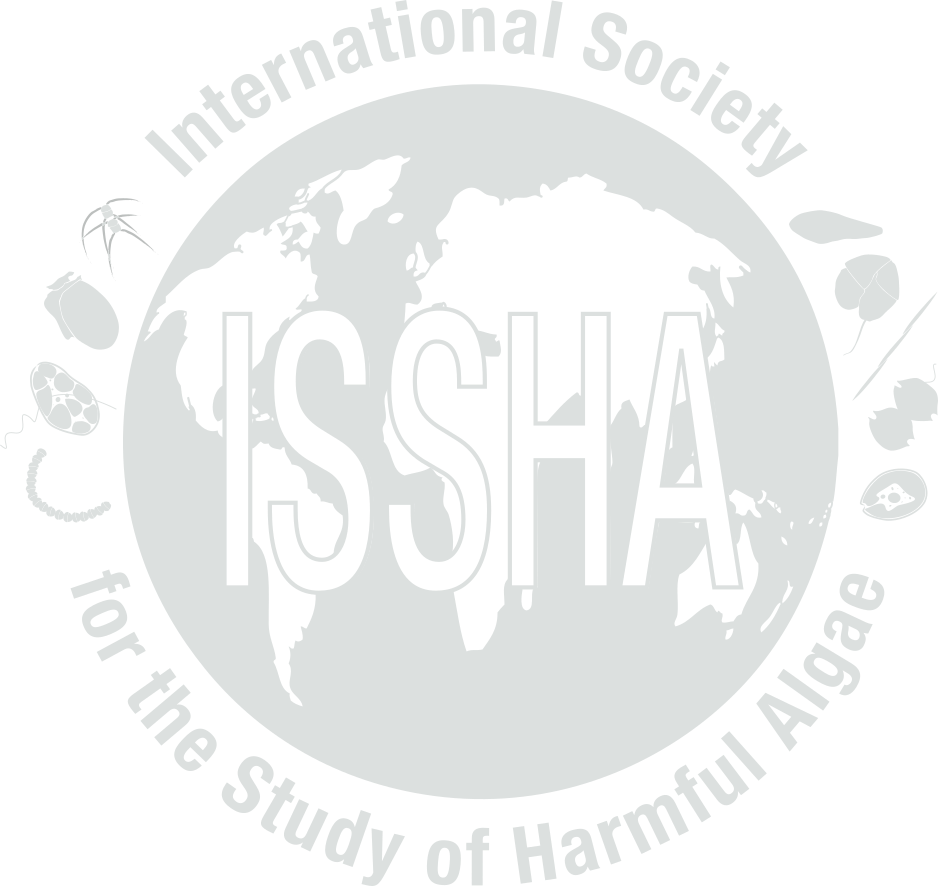


| Event name: | ZAF-11-001 | |
| Country: | SOUTH AFRICA | |
|
Nature of the harmful event: |
Mass mortalities | |
|
Event directly affected: |
Natural Fish | |
| Toxicity detected: | No | |
| Associated syndrome: | ||
| Unexplained toxicity: | No | |
| Species implicated in toxin transmission (transvector): | ||
| Report the outcome of a monitoring programme: | No | |
| Event occurred before in this location: | Yes (This is the 5th recorded bloom of this species) | |
| Individuals to contact: | MANSFIELD, Lisa | |
| Location: | Latitude: -34.358333, Longitude: 18.665556 | |
| General location information: |
Cape Peninsula, South Coast, South Africa HAB Area code(s): ZAF-02 |
|
| Additional location information: | predominantly on the western side of the Cape Peninsula. | |
| Bloom event dates (yyyy/mm/dd): |
Event Date:2011-11-07 Start: 2011-11-04, End: 2012-02-01 |
|
| Quarantine levels dates (yyyy/mm/dd): | ||
| Additional date-related information: | ||
| Causative organism known: | Yes | |
| Causative Species/Genus: |
Gonyaulax polygramma
(>220000 cells/L)
|
|
| Co-Ocurring Species/Genus: | ||
| Chlorophyll concentration, if known: | µg/l | |
| Additional bloom information: | ||
| Event-related bibliography: | VAN DER LINGEN, C.D., HUTCHINGS L., LAMONT, T. and G.C. PITCHER 2016 – Climate change, dinoflagellate blooms and sardine in the southern Benguela Current Large Marine Ecosystem. Environmental Development, 17: 230-243. | |
|
||||||||||||||||||||||||||
| Nutrient information: | ||||||||||||||||||||||||||
| Temperature Range During Event: | Max: °C, Min: °C | |||||||||||||||||||||||||
| Salinity Range During Event: | ||||||||||||||||||||||||||
| Bloom location in the water column: | ||||||||||||||||||||||||||
| Growth: | ||||||||||||||||||||||||||
| Growth Comments | ||||||||||||||||||||||||||
| Additional Environmental information: | ||||||||||||||||||||||||||
|
|||||||
| Kit used: | Type of kit used: | ||||||
| Additional information: | |||||||
| Economic losses: | Sardine (Sardinops sagax) is the main target of the South African purse-seine fishery and is also ecologically important as it is the dominant prey of many species of piscivorous fish, marine mammals and seabirds. | ||||||
| Management decision: | |||||||
| Additional harmful effect information: | |||||||
